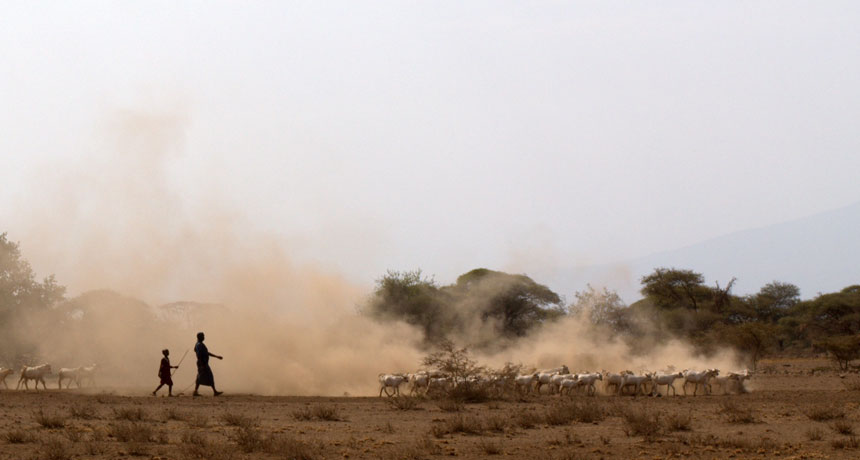Africa’s first herders spread pastoralism by mating with foragers
Crossbreeding, not just cultural influences, led hunter-gatherers to adopt livestock practices

INHERITING HERDING Ancient DNA indicates that early African herders started mating with hunter-gatherers more than 5,000 years ago. Here, modern herders in Tanzania watch over their goats.
Katherine Grillo







